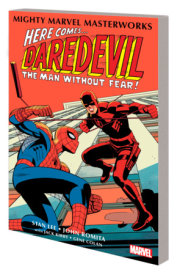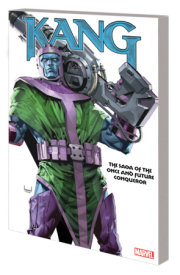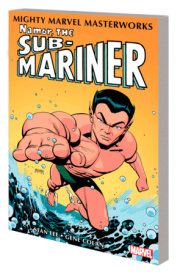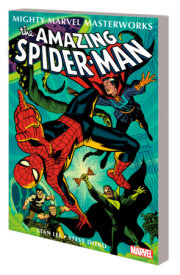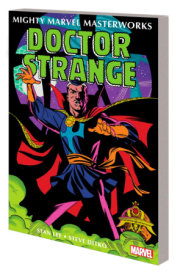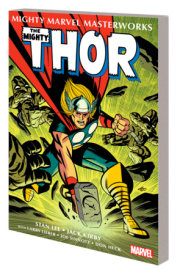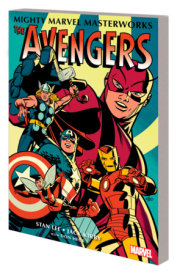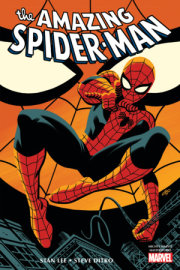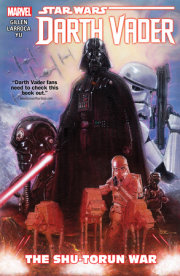Books for Universal Human Rights Month
For Universal Human Rights Month in December, we are sharing a collection of books that educate on the importance of the fundamental rights and freedoms of all people. Find the full collection of titles here.

For Universal Human Rights Month in December, we are sharing a collection of books that educate on the importance of the fundamental rights and freedoms of all people. Find the full collection of titles here.
Get the latest news on all things Higher Education.
Learn about our books, authors, teacher events, and more!
Our mission is to foster a universal passion for reading by partnering with authors to help create stories and communicate ideas that inform, entertain, and inspire.
![Amazing Spider-Man Epic Collection: The Goblin's Last Stand [New Printing 2]](https://images.penguinrandomhouse.com/cover/9781302967796?width=180)
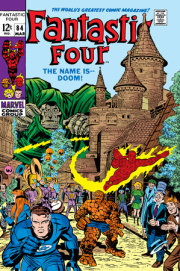

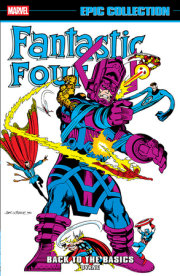
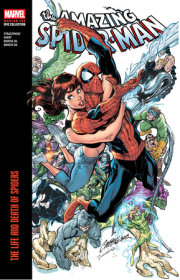
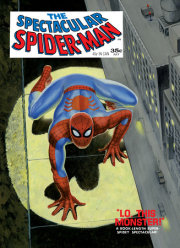
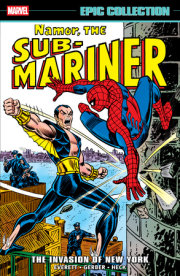
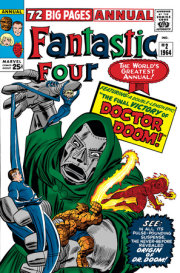

![Tomb Of Dracula Omnibus Vol. 1 Neal Adams Cover [New Printing 2]](https://images.penguinrandomhouse.com/cover/9781302965037?width=180)
![Marvel Masterworks: The Amazing Spider-Man Vol. 4 [Remasterworks]](https://images.penguinrandomhouse.com/cover/9781302956066?width=180)
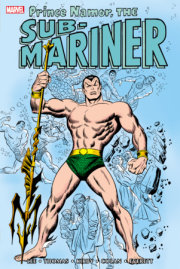
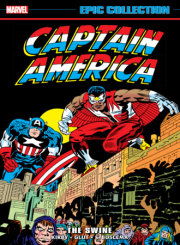
![Marvel Masterworks: The Silver Surfer Vol. 1 [Remasterworks]](https://images.penguinrandomhouse.com/cover/9781302956042?width=180)


![Silver Surfer Omnibus Vol. 1 John Buscema First Issue Cover [New Printing 2]](https://images.penguinrandomhouse.com/cover/9781302963583?width=180)
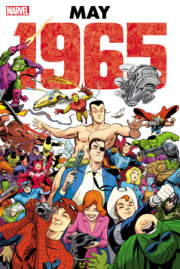

![Marvel Masterworks: Captain America Vol. 1 [Remasterworks]](https://images.penguinrandomhouse.com/cover/9781302956028?width=180)
![Marvel Masterworks: The Fantastic Four Vol. 3 [Remasterworks]](https://images.penguinrandomhouse.com/cover/9781302956004?width=180)

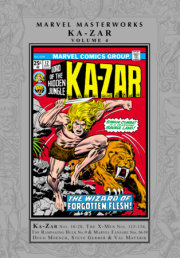
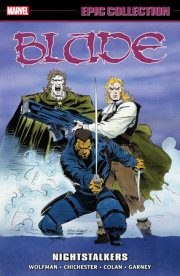
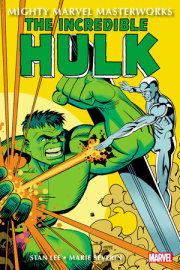
![Marvel Masterworks: The Uncanny X-Men Vol. 2 [Remasterworks]](https://images.penguinrandomhouse.com/cover/9781302951467?width=180)


![Fantastic Four Epic Collection: World's Greatest Comic Magazine [New Printing 2]](https://images.penguinrandomhouse.com/cover/9781302960421?width=180)
![Captain America Omnibus Vol. 2 Carlos Pacheco Cover [New Printing]](https://images.penguinrandomhouse.com/cover/9781302958398?width=180)
![Incredible Hulk Epic Collection: Man Or Monster? [New Printing 2]](https://images.penguinrandomhouse.com/cover/9781302960438?width=180)
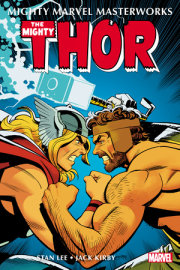
![Marvel Masterworks: The Amazing Spider-Man Vol. 3 [Remasterworks]](https://images.penguinrandomhouse.com/cover/9781302951429?width=180)
![The Invincible Iron Man Omnibus Vol. 2 Salvador Larroca Cover [New Printing]](https://images.penguinrandomhouse.com/cover/9781302958992?width=180)
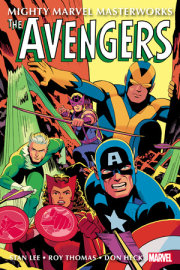
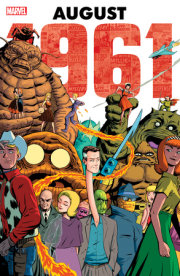
![Marvel Masterworks: The Avengers Vol. 2 [Remasterworks]](https://images.penguinrandomhouse.com/cover/9781302951405?width=180)
![Avengers Epic Collection: Earth's Mightiest Heroes [New Printing]](https://images.penguinrandomhouse.com/cover/9781302957988?width=180)
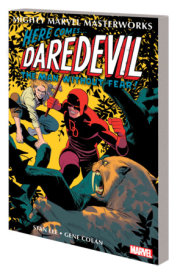
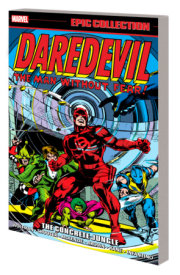
![X-Men Epic Collection: Children Of The Atom [New Printing 2]](https://images.penguinrandomhouse.com/cover/9781302957834?width=180)

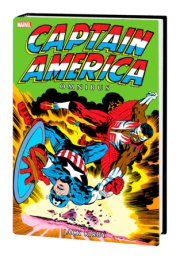
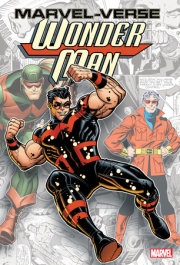
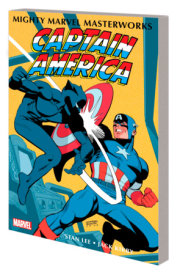
![Amazing Spider-Man Epic Collection: The Secret Of The Petrified Tablet [New Printing]](https://images.penguinrandomhouse.com/cover/9781302957810?width=180)
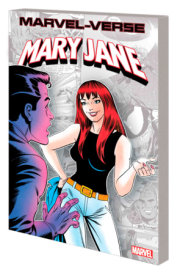
![Daredevil Epic Collection: A Woman Called Widow [New Printing]](https://images.penguinrandomhouse.com/cover/9781302957933?width=180)
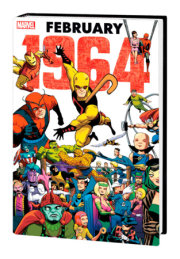
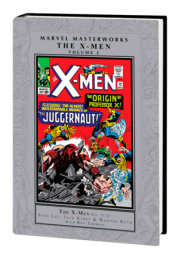

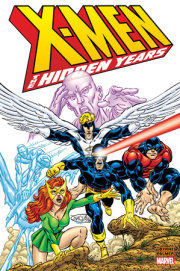

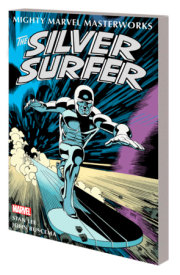


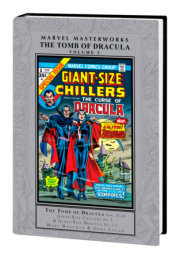
![Daredevil Epic Collection: Mike Murdock Must Die! [New Printing]](https://images.penguinrandomhouse.com/cover/9781302950569?width=180)


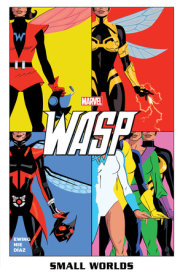
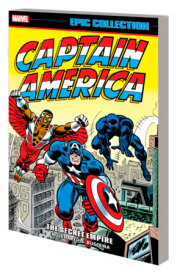


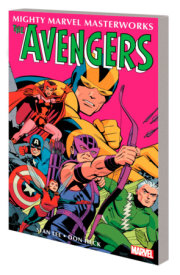
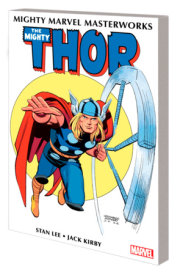
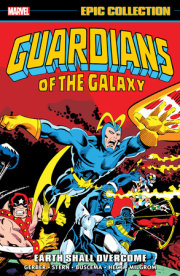
![Fantastic Four Epic Collection: The Coming Of Galactus [New Printing 2]](https://images.penguinrandomhouse.com/cover/9781302950415?width=180)
